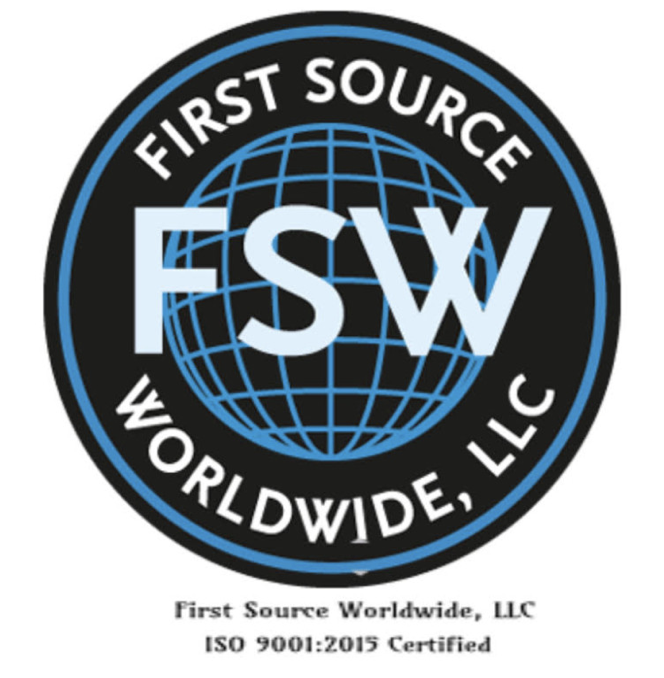What To Consider When Combining Dyes
We all recognize that you cannot get all the colors in the rainbow by just using the three primary colors- Red, Yellow and Blue. There are millions of in between shades that we might want to produce.
It may look like a simple task to pick a yellow and a blue to make a green, but I promise you there is more to it than meets the eye (no pun intended), if you want to create a color that is a successful match.
The following is a list of things that you should consider when making any combination shade.
- Make sure you are using the same type of dye in your combination. If you can, use all Acid dyes or Direct dyes and not a combination of Acid + Direct. Many different problems can come up if you do, but the major one is that the dyes you choose must be able to dye the substrate you are trying to color. Acid Dyes may dye wool, but Direct dyes will probably not. Check and make sure.
- Use dyes that are pH compatible and stable to the same degree. If one dye is stable at a pH of 6 and the other dye is not, you will have a big problem. pH stability is one of the most important characteristics of a dye. Understand it and use it wisely.
- All dyes have light fastness ratings that reflect how fast they will fade over time. It is critical to your combination color that it fades in a way that projects an on-tone fade. Imagine that you have made a Violet by combining a Red and Blue but that the two colors used have different light fastness ratings which means one will fade faster than another. Over time, your Violet will become either redder or bluer depending on which dye fades first. Be careful and choose dyes with the same or similar lightfastness ratings. They are rated 1-8. 8 being the highest.
- Some dyes when used in combination can create what we call a “blocking effect” This happens when one of the dyes used blocks out the other from getting to the dye site on the substrate you are dying. As an example, you choose a Blue and a Yellow to make a Green, but you only get a yellow as your final shade. What has most likely happened is that the Yellow dye molecule has prevented the Blue dye molecule from getting to the dye site either because it is too large or has a faster reaction time getting to the dye site.
Whether you are creating a new shade or matching an existing one it can either be fun or frustrating. Make it fun by considering all the above points. You will save time, money and have a much more enjoyable experience. Have fun with color!



